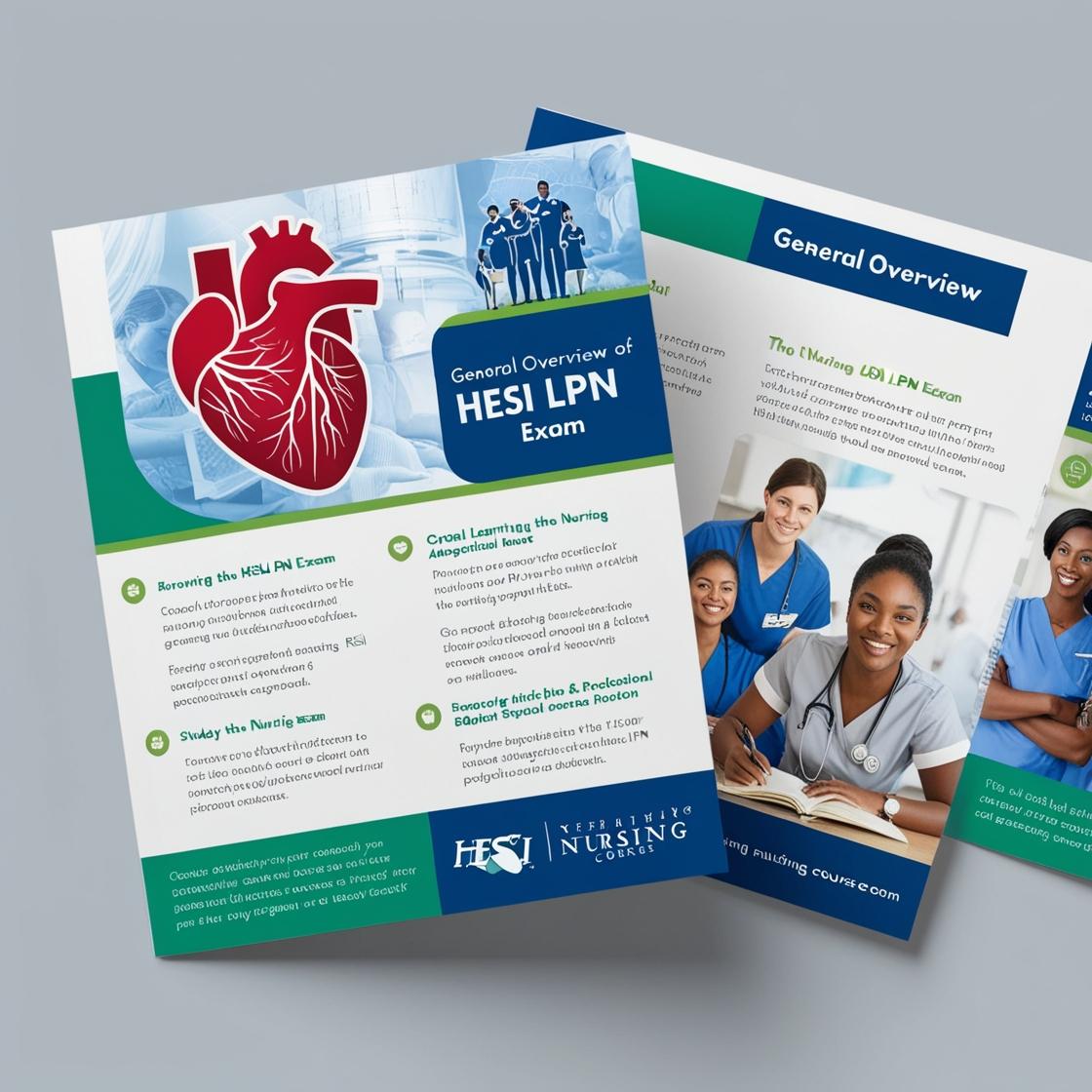HESI LPN
Pediatrics HESI 2023
1. What should the nurse recommend to reduce the risk of sudden infant death syndrome (SIDS) in a 6-month-old infant?
- A. Place the infant on their back to sleep
- B. Use a pacifier during sleep
- C. Have the infant sleep on their side
- D. Keep the infant's room cool
Correct answer: A
Rationale: Placing the infant on their back to sleep is the correct recommendation to reduce the risk of sudden infant death syndrome (SIDS). This sleep position has been shown to significantly decrease the incidence of SIDS. Using a pacifier during sleep (Choice B) can also help reduce the risk, but it is secondary to the back sleeping position. Having the infant sleep on their side (Choice C) is not recommended, as it increases the risk of SIDS. Keeping the infant's room cool (Choice D) may provide a comfortable sleeping environment but does not directly reduce the risk of SIDS.
2. A parent arrives in the emergency clinic with a 3-month-old baby who has difficulty breathing and prolonged periods of apnea. Which assessment data should alert the nurse to suspect shaken baby syndrome (SBS)?
- A. Birth occurred before 32 weeks’ gestation
- B. Lack of stridor and adventitious breath sounds
- C. Previous episodes of apnea lasting 10 to 15 seconds
- D. Retractions and use of accessory respiratory muscles
Correct answer: D
Rationale: Retractions and the use of accessory respiratory muscles are signs of respiratory distress in infants. These clinical manifestations can be associated with trauma, such as shaken baby syndrome (SBS), which can lead to severe head injuries and respiratory compromise. Birth before 32 weeks’ gestation (Choice A) is more related to prematurity complications rather than SBS. The absence of stridor and adventitious breath sounds (Choice B) may not be specific indicators of SBS. Previous episodes of apnea lasting 10 to 15 seconds (Choice C) alone may not be as concerning as the presence of retractions and use of accessory muscles in the context of a distressed infant.
3. A 1-week-old infant has been in the pediatric unit for 18 hours following placement of a spica cast. The nurse observes a respiratory rate of fewer than 24 breaths/min. No other changes are noted. Because the infant is apparently well, the nurse does not report or document the slow respiratory rate. Several hours later, the infant experiences severe respiratory distress, and emergency care is necessary. What should be considered if legal action is taken?
- A. Most infants have slow respirations when they are uncomfortable.
- B. The respiratory rates of young infants are irregular, so a drop in rate is unimportant.
- C. Vital signs that are outside the expected parameters are significant and should be documented.
- D. The respiratory tract of young infants is underdeveloped, and their respiratory rate is not significant.
Correct answer: C
Rationale: In this scenario, the nurse failed to report or document the slow respiratory rate of the infant, which later led to severe respiratory distress. It is crucial to understand that any vital signs outside the expected range in an infant should be documented and reported promptly. This documentation is vital for monitoring the infant's condition, identifying potential issues, and ensuring timely intervention if needed. Choices A, B, and D are incorrect because they downplay the significance of abnormal vital signs and fail to emphasize the importance of documentation and reporting in infant care.
4. Upon assessing a newborn immediately after delivery, you note that the infant is breathing spontaneously and has a heart rate of 90 beats/min. What is the most appropriate initial management for this newborn?
- A. Begin positive pressure ventilations
- B. Provide blow-by oxygen with oxygen tubing
- C. Assess the newborn's skin condition and color
- D. Start chest compressions and contact medical control
Correct answer: A
Rationale: In a newborn, a heart rate below 100 beats/min indicates the need for positive pressure ventilation to improve oxygenation. Providing blow-by oxygen or assessing skin condition/color may not address the primary issue of inadequate oxygenation due to the low heart rate. Starting chest compressions and contacting medical control is not warranted as the newborn is breathing spontaneously and only has a slightly low heart rate, which can be managed initially with positive pressure ventilations.
5. A 7-year-old child has an altered mental status, high fever, and a generalized rash. You perform your assessment and initiate oxygen therapy. En route to the hospital, you should be most alert for
- A. vomiting
- B. seizures
- C. combativeness
- D. respiratory distress
Correct answer: B
Rationale: Seizures are a common complication in children with high fever and altered mental status, indicating a risk of febrile seizures. While vomiting can occur with altered mental status, seizures are of higher concern due to the association with febrile illnesses in children. Combativeness may be a concern in some altered mental status cases but is not as common as seizures. Respiratory distress, although important, is not the primary concern in this scenario given the symptoms presented.
Similar Questions

Access More Features
HESI LPN Basic
$69.99/ 30 days
- 50,000 Questions with answers
- All HESI courses Coverage
- 30 days access @ $69.99
HESI LPN Premium
$149.99/ 90 days
- 50,000 Questions with answers
- All HESI courses Coverage
- 30 days access @ $149.99
